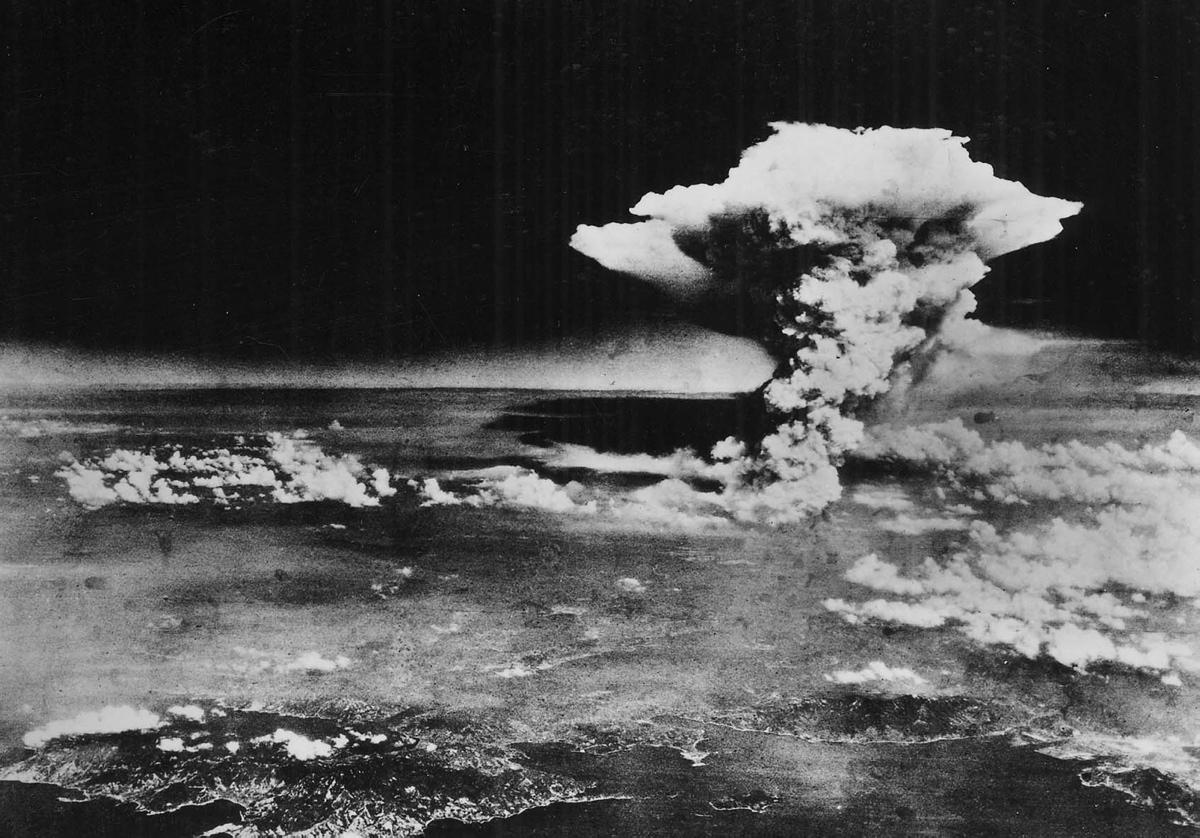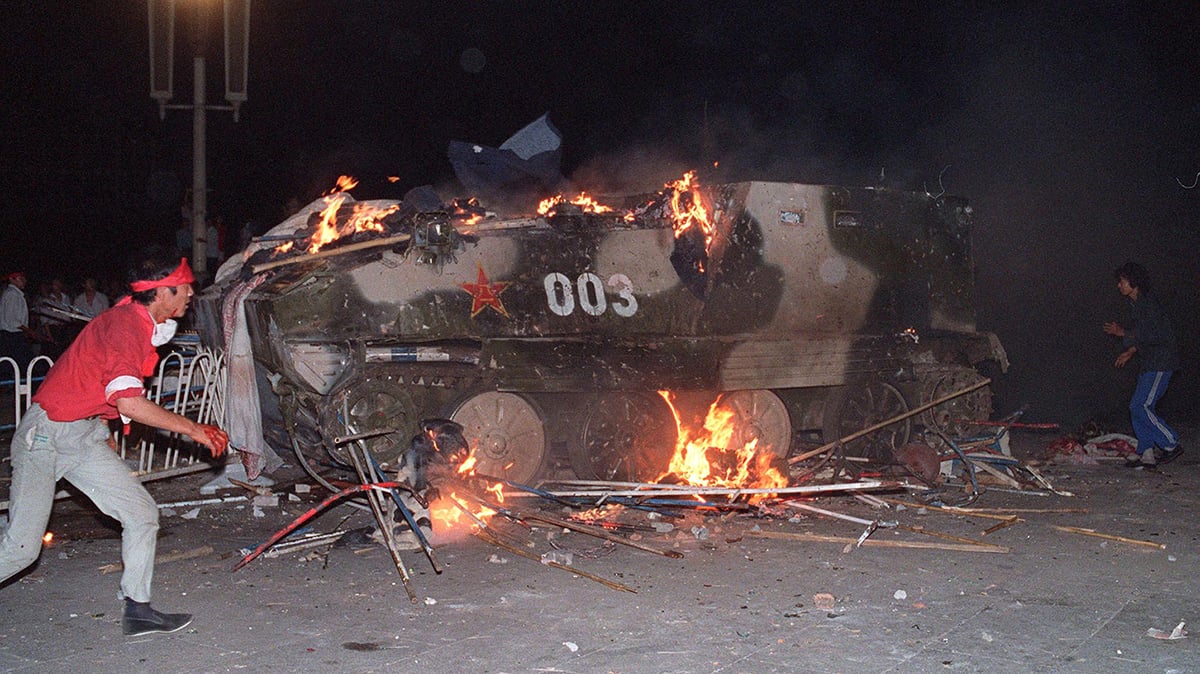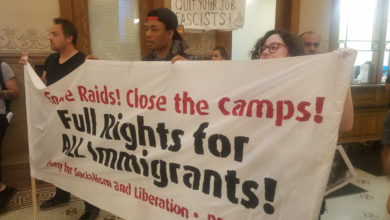After more than two years in opposition, the Unified Communist Party of Nepal (Maoist) has gained control of the government with the election of Baburam Bhattarai, a party vice-chairman, as prime minister. The return of the UCPN (M) to the government is a cause for celebration for many of the oppressed workers and peasants of Nepal, and reflects the Maoists’ wide popularity based on their resolute struggle against the monarchy and feudal exploitation. But it has also raised the stakes of the party’s long-developing internal struggles, and posed new questions about the direction of the revolution.
Part of a long revolutionary process
In 1996, the Communist Party of Nepal (Maoist)—“Unified” was added to the name after a merger with a smaller communist party in 2009—formed the People’s Liberation Army and initiated an armed struggle against the despotic monarchy. As the PLA gained control over more and more of the country, a mass movement broke out in 2006 that finally overthrew the king.
After the monarchy was defeated, the Maoists reached a peace agreement with the parliamentary parties. Elections for a Constituent Assembly would be held to write a new constitution, and the PLA and Royal Nepal Army would be integrated to form a new national army.
After several delays, elections were finally held and resulted in an overwhelming victory for the CPN (M), which won more than the next two largest parties combined—although not a majority. The Federal Democratic Republic of Nepal was declared, officially abolishing the feudalist monarchy.
The Maoist chairman, Prachanda, became prime minister in a coalition with the reformist Communist Party of Nepal (Unified Marxist-Leninist). The Nepali Congress party, which represents the interests of the capitalist class, remained in opposition.
Holding such top offices in a bourgeois-democratic government, operating with an economy that remained semi-feudal and semi-colonial, posed new problems. If a chief task was national development, which included promoting foreign direct investment, to what extent would the party, now in government, also promote class struggle? What would be its policy towards India, which has long dominated Nepalese politics, and which is dealing with a Maoist insurrection of its own?
Most importantly, how would the integration of the revolutionary army with the bourgeois army be conducted, and on whose terms? In short, would holding top offices during Nepal’s bourgeois-democratic transition advance or obstruct the revolutionary struggle towards socialism?
There were no easy answers to these questions, which were sharply debated inside the party, and the capitalist parties used all their connections within the old state to frustrate the Maoists’ aims, including the writing of a new constitution. Finally, Prachanda resigned in May 2009 to protest the blatant insubordination of the head of the Nepal Army in collusion with the bourgeois parties.
During this period, the party resolved that a new democratic revolution was required to move to a People’s Democratic Republic. The Maoists initiated a series of mass demonstrations that developed to the brink of insurrection by May Day 2010, when an indefinite general strike was called ahead of the expiration of the term of the Constituent Assembly.
A deal was struck, however, at the last minute whereby the mass movement would be called off and the deadline for the new constitution extended one year in return for the resignation of the prime minister.
Stalemate persists under Khanal
A protracted stalemate ensued, but after seven months a new prime minister, Jhalanath Khanal, was elected with the support of the Maoists. Khanal belonged to the reformist CPN (UML)—as had the previous prime minister—but led its left-wing faction.
This development still did not result in a significant breakthrough on the most contentious issues, which reflect the competing class interests at play. On the key points of the peace process and drafting of a new constitution, the debates between the Maoists and the bourgeois parties were narrowed down to a few nearly intractable issues.
After tense negotiations, an agreement with the leading capitalist party, Nepali Congress, was reached to extend the Constituent Assembly’s mandate another three months. Khanal was to resign as prime minister, and a national consensus government would be created of all three major parties. The parties agreed to come up with a detailed timeline to complete the army integration process. But again, the irreconcilable interests of different political forces prevented any concrete agreement from being reached. Khanal resigned without the parties having arrived at a power-sharing agreement for a consensus government.
In this void, the Maoists formed a coalition with the United Democratic Madhesi Front, an alliance of parties representing the oppressed nationality in the southern plains of Nepal, and were able to form a majority government under Bhattarai.
Sharp differences over strategy to advance the revolution
Beginning after the aborted May 2010 mass movement, an increasingly public debate developed between different leaders of the UCPN (M). The UCPN (M) is a mass party, with a wealth of experience in different forms of struggle, and it is only natural that different trends would emerge, which express different strategic visions and reflect the disparate social strata that the party recruits from and leads. Reactionary forces have sought to exploit these differences to weaken the Maoists, with the bourgeois press rumor-mongering and falsely predicting a split within their ranks almost every week. So far, only very minor splits have taken place.
Nonetheless, framing the line struggle inside the UCPN (M) is crucial to an understanding of the evolving political situation in Nepal. Since they initiated people’s war in the 1990s, the Maoists have been the decisive force in Nepalese politics around which all class forces organize and orient. The strategy they adopt going forward will frame the overall class struggle.
Two competing positions and three tendencies emerged over the last few years. One wing of the party, led by senior Vice-Chairman Kiran, has put forward the line of “people’s revolt,” arguing that the party should prepare for an urban insurrection to seize state power. Another wing of the party, led by now Prime Minister Bhattarai, proposed a strategy of “peace and constitution,” making major concessions to complete army integration and draft a progressive constitution. A centrist tendency around Chairman Prachanda leaned towards one line then the other at different times, or tried to accommodate both positions.
The different tendencies came to a head at a plenum, the highest decision-making body in the UCPN (M) other than the party congress, held last November. All three leaders presented different political documents, and after extensive debate Prachanda and Kiran merged their papers and put forward a united position.
The plenum resolved to make an effort to complete the peace and constitution drafting process until the May 28 Constituent Assembly deadline, but prepare for an insurrection in case these efforts fail.
However, due primarily to a lack of internal political will, preparations for a seizure of power were never carried out. As the deadline approached, a Central Committee meeting was held to define the party’s next steps. During the meeting, Prachanda reversed his position and allied with Bhattarai to change the official party line to peace and constitution.
The next crucial Central Committee meeting occurred after the second extension of the Constituent Assembly term. This time the gathering dwelt on organizational issues within the party, and how to proceed with the very public line struggle inside the party. The Kiran and Bhattarai tendencies, although opposed to each other on key political matters, formed an alliance to challenge what they considered to be an undue concentration of authority with Prachanda.
The Central Committee decided to assign leadership of the organizational department to Kiran and leadership of the military department to a Kiran ally. In addition, it was decided that Bhattarai would be the party’s prime ministerial candidate, setting the stage for his ascension to the highest post in the government.
Bourgeois reactions to Bhattarai’s election
Although he is a leader of a revolutionary party, reactionary publications and bourgeois political commentators have reacted to his election with cautious optimism. This contrasts dramatically with the condescending and hostile tone normally taken when dealing with the Maoists.
The bourgeois Republica newspaper offered in an editorial: “our heartiest congratulations to Baburam Bhattarai for being elected as the newest prime minister of this young republic.” UK-based writer Navin Kumar Chhetri wrote:, “Bhattrai’s premiership has come as the last straw of hope for the people.”
Perhaps most ominously, Binod Chaudhary, president of the Confederation of Nepalese Industry, one of the two major groupings of Nepali capitalists, said, “The present situation demands for someone who has a clear economic vision and I believe Bhattarai has that vision.”
A closer reading reveals the reason for this uncharacteristically positive assessment. An opinion piece from Republica expressed hope that Bhattarai would “liberate himself from the clutches of the hardliners” and “reassess the relevance of Marxist-Leninist-Maoist ideology in the 21st century.”
Political commentator Sradda Thapa put it more bluntly, “We need Maoists to lead the government to conclude the peace process because they can concede the most compromise[s] if they are in the lead.”
Kiran warns of PLA ‘surrender’ and ‘counter-revolution’
On Aug. 31, Maoist representatives to the Special Committee on Army Integration announced, with the backing of Prime Minister Bhattarai, that the People’s Liberation Army would hand over their weapons to the government. Since the peace agreement was signed in 2006, PLA commanders held the keys to the containers where the arms were stockpiled.
While Prime Minister Bhattarai and Chairman Prachanda defended this decision as a logical consequence of the Maoists winning control of government, others in the party are not convinced. The party’s leadership bodies had long ago agreed to army integration, but the existing policy was to refuse the hand-over of weapons until a detailed agreement on army integration was reached. No such agreement has been reached.
A statement issued by Vice-Chairman Kiran and several other party leaders asserted, “We strongly condemn—and object to—the decision and call on all the authorities concerned to immediately scrap the suicidal decision.” Maoist leader Khadga Bahadur Bishwakarma added: “The decision to hand over the keys to the Special Committee is against the Comprehensive Peace Agreement, the party’s policy and its ideals. It is also capitulation to regressive forces.” One group of party militants, as well as a leading Maoist theoretician, have even used the language of “counter-revolution.”
These leaders took the unusual step of organizing a protest against Bhattarai and Prachanda’s decision to hand over the keys to the weapon containers. Hundreds blocked traffic in Kathmandu, and later a torch-lit march was held in the heart of the city that resulted in 25 arrests. It is yet unclear if such actions will continue and escalate, as Kiran encourages, or if the “overwhelming majority of leadership and cadre” support Bhattarai’s decision, as he contends.
The Maoists’ People’s Liberation Army is mostly responsible for the overthrow of the monarchy and by all measures defeated the Royal Nepal Army. It is thus no surprise that many militants and PLA commanders have reacted with dismay at Bhattarai’s initiative, which some consider “surrender.” Many are steeled, undoubtedly, in Mao’s famous dictum that “Without a people’s army, the people have nothing.” As of the writing of this article, it appears that six PLA camps followed through with the decision, while others may be refusing to hand over the keys to the weapons containers without a formal directive from a party leadership body.
Not surprisingly, the U.S. Embassy in Nepal praised the arms handover as a “promising step.” Nonetheless, they continue to list the Maoists, outrageously, on the Terrorism Exclusion List—another indication that “terrorism” is a purely political label the U.S. government uses to malign those who dare to envision a new world.
Despite the many internal and external challenges facing the Nepalese revolution—including, most significantly, the absence of a second global pole to help it develop—the broad desire to carry forward the revolution has clearly not abated. These aspirations, however, will not be realized unless they are given concrete shape by a revolutionary party in the form of strategy and initiative.
At the cost of thousands of martyrs’ lives and over a decade of tireless struggle, the UCPN (M) has built itself up into just such an organization. It is again up to that party—and not commentators living comfortably thousands of miles away—to navigate these trying times. They will have to again draw on the broad support they have earned to overcome the constant pressures to compromise their revolution in the interest of practicality. As the decades-long Chinese Revolution showed, retreats, mistakes and even blunders do not in and of themselves doom a revolution, provided the party can learn from them and correct them.




